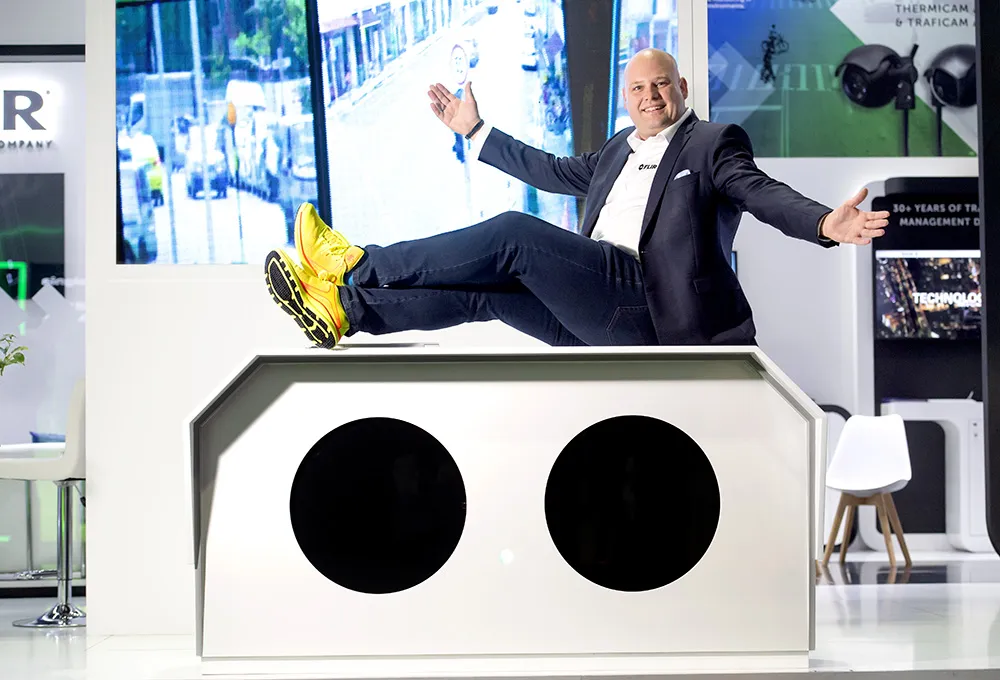
Australian lighting manufacturer
In conjunction with wireless control provider,
“This is Australian road lighting technology at its finest,” said Trevor Chambers, regional manager for Traffic Technologies.
“They are designed and manufactured here in Australia and we’ve already several thousand throughout Victoria, South Australia and New South Wales.”
Traffic Technologies also had a world first at the congress, launching its Lantern Indicator Display Safety System (LIDSS).
LIDSS can detect when a traffic light lantern has been moved, either as a result of an accident or because of weather conditions. The system then immediately identifies by how many degrees the lantern has moved and automatically reports via a text and email message. The traffic manager can then decide if the lantern’s position is likely to cause a traffic hazard and needs immediate attention, or if it can be left until the next day.









